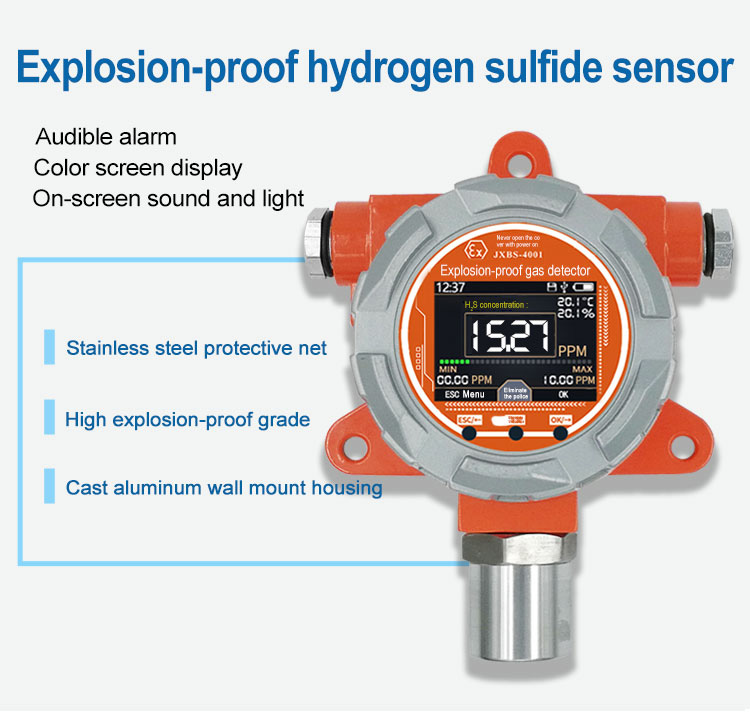This paper introduces the working principle and application method of multi gas monitor. The hazards to be tested fall into three categories: toxic, asphyxiating and combustible.

There are quite a few multi gas monitors on the market, but their sensors work using similar principles. These instruments differ primarily in the options available and in their appearance.
Multi-gas monitor --Toxic Sensors
We control the voltage by selecting the right sensor electrode to remove unwanted chemicals; Thus, the specificity of electrochemical cells can be obtained. Cells are available for a variety of toxic substances such as sulfur dioxide, hydrogen sulphide, carbon monoxide, chlorine, nitrogen dioxide, ammonia and several others. A sensor usually consists of three electrodes separated by a thin layer of electrolyte .
The most important,chemistry is known to exist in order to select the right sensor.
Multi-gas monitor--Combustible Gas Detectors

Combustible gas detectors are suitable for use in harsh environments. Using a professional detection of carbon dioxide concentration sensor probe as the core detection device. It has the characteristics of wide measuring range, high precision, good linearity and good universality. Industrial grade sensor for continuous monitoring of gas concentration. Combustible gas detectors are available with a variety of optional external control ports.
Features of Mult gas Monitors
(1) High-definition LCD color screen display, industrial-grade high-definition interface, intuitive display with 320*240 resolution;
(2) Multi-machine selection of alarm controller, rich in optional external control ports, easy to use, sound and light alarm;
(3) Waterproof, dustproof, explosion-proof, anti-condensation, the shell adopts die-cast aluminum technology, IP65 waterproof;
(4) 15 seconds fast response detector with international quality sensor probe. More accurate monitoring, life assurance.
 : +86 155 8830 2704
: +86 155 8830 2704 : jxdziot@gmail.com
: jxdziot@gmail.com
